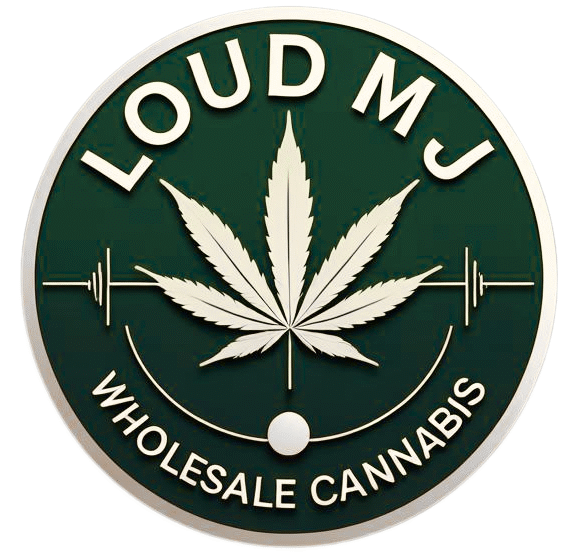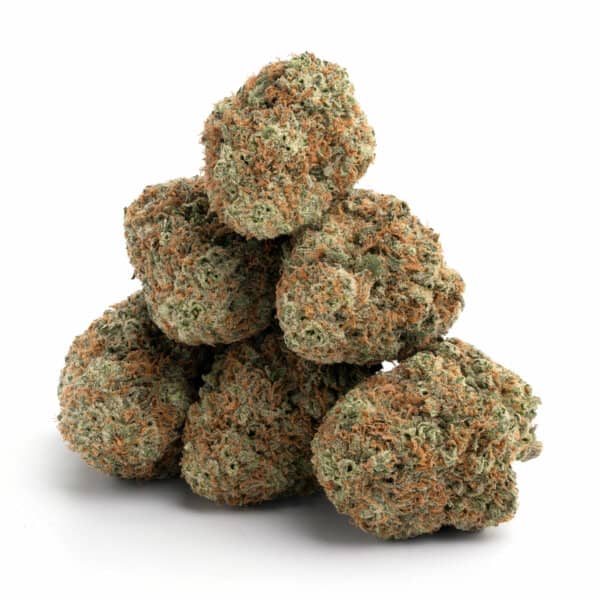In today’s competitive cannabis industry, trust is currency. Consumers, regulators, and investors demand transparency, and one of the most effective ways to build that trust is through cannabis lab testing. Certificates of Analysis (COAs), potency testing, and accurate product labeling aren’t just regulatory checkboxes—they’re essential for brand credibility and consumer safety.
But with ongoing reports of potency inflation, inconsistent lab results, and misleading labels, the industry faces a critical question: how do brands and dispensaries ensure transparency while staying competitive?
This article explores COAs, potency inflation, and labeling best practices that cannabis businesses must embrace to thrive in 2025 and beyond.
The Role of Lab Testing in Cannabis
Lab testing verifies the potency, purity, and safety of cannabis products. Standard tests typically include:
- Cannabinoid potency (THC, CBD, minor cannabinoids)
- Terpene profiles
- Pesticides and heavy metals
- Residual solvents (for extracts)
- Microbial contaminants
👉 For consumers, COAs build confidence. For businesses, they reduce liability and support compliance with state regulations.
Understanding COAs (Certificates of Analysis)
A COA is a lab-issued report detailing the chemical composition and safety of a cannabis product.
What a COA Should Include
- Cannabinoid potency (THC, CBD, CBN, CBG, etc.)
- Terpene percentages
- Contaminant screening results
- Lab accreditation information
- QR codes linking to verification databases
Why COAs Matter
- ✅ Establish consumer trust
- ✅ Differentiate premium products
- ✅ Reduce legal and compliance risks
- ✅ Support retail and e-commerce transparency
The Problem of Potency Inflation
“Lab shopping”—the practice of sending products to labs that consistently report higher THC percentages—has become a major credibility issue.
Why Potency Inflation Happens
- Consumer demand for “high-THC” products drives market pressure.
- Retailers often prioritize products labeled with 25%+ THC.
- Some labs may exaggerate results to win contracts.
Risks of Potency Inflation
- Loss of consumer trust when products underperform.
- Regulatory crackdowns and penalties.
- Long-term brand damage in an increasingly educated market.
👉 The future of cannabis marketing is not just about THC percentages—it’s about full-spectrum quality and transparency.
Labeling Best Practices for Cannabis in 2025
To build trust, brands must ensure labels reflect accurate, transparent, and useful information.
Labeling Must-Haves
- Batch-specific cannabinoid content (not generic ranges).
- Prominent QR codes linking to up-to-date COAs.
- Harvest and test dates (freshness matters).
- Clear dosage guidance for edibles and tinctures.
- Terpene information to highlight product differentiation.
Avoiding Misleading Labels
- Don’t overemphasize THC alone. Highlight terpene and cannabinoid synergy.
- Don’t market products with unverified medical claims.
- Ensure all packaging aligns with state-specific compliance laws.
How Brands Can Build Trust with Lab Testing
Transparency First
Publish COAs online, make them accessible via QR codes, and train retail staff to explain them.
Third-Party Verification
Partner with accredited, ISO-certified labs and avoid labs with reputational issues.
Educate Consumers
Develop customer-facing guides on how to read a COA, what potency really means, and why terpenes matter.
Shift the Narrative
Move beyond THC obsession by highlighting flavor, effects, minor cannabinoids, and entourage effect benefits.
Internal Linking Suggestions
- Link to: Guide on Cannabis Labeling Compliance (anchor: “labeling rules for cannabis brands”)
- Link to: Terpene Profiles Explained (anchor: “how terpenes shape cannabis effects”)
- Link to: THC vs. Full-Spectrum Products (anchor: “why full-spectrum quality matters”)
FAQs About Cannabis Lab Testing
What is a COA in cannabis?
A Certificate of Analysis verifies cannabinoid potency, terpene content, and safety test results for cannabis products.
How common is potency inflation?
Industry watchdogs report it’s widespread, particularly in states with heavy competition for high-THC products.
Do consumers care about COAs?
Yes. Educated buyers increasingly expect QR-code access to lab results before making purchases.
Are terpenes required on cannabis labels?
Not in every state, but many brands include terpene profiles as a way to stand out and educate customers.
How can a cannabis brand prevent lab shopping?
By committing to accredited labs, independent verification, and customer-first transparency—even if THC numbers are lower.
Trust is the Future of Cannabis Marketing
In a market where potency inflation and misleading labels undermine credibility, cannabis businesses must prioritize honest lab testing, transparent COAs, and responsible labeling. The brands that shift focus from inflated THC numbers to quality, safety, and consumer education will win long-term loyalty.
👉 Want to position your cannabis brand as a trusted leader in transparency? Let’s build your compliance, testing, and education strategy today.



